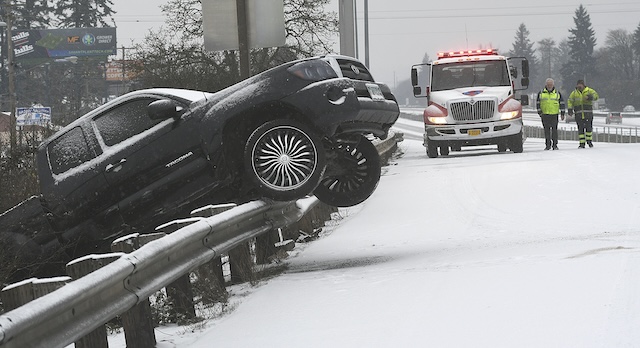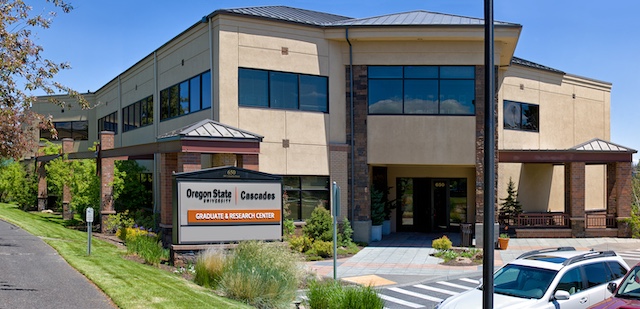Guest Column: Build a durable conservation plan for the Owyhee
Published 9:00 pm Thursday, March 21, 2024

- A view in the Owyhee.
Oregon’s beautiful Owyhee region can seem nearly infinite and inexhaustible to the casual visitor. The 4.6 million acres of public land help aid that assumption. However, those familiar with the area know a more finite and vulnerable landscape, one where drought, increasing recreational pressure, and a history of poor land management practices have degraded wildlife habitat and rangeland quality. The Owyhee is a landscape in peril. Fortunately, there’s something we can do about it.
In its expansive remoteness, the Owyhee region provides a retreat from the noise of modern life. These canyons are where campers and overlanders seek solitude, hunters, and anglers enjoy abundant wildlife, family ranchers and cattle fill their centuries-old role, and the deer and antelope still roam.
Remote sagebrush expanses and narrow draws plunging to the Owyhee River evoke a strong sense of American grandeur and provide invaluable habitat for big game, upland game, aquatic species, and waterfowl alike.
In the age of websites and forums, few truly beautiful places remain unknown. And true to form, the Owyhee has been discovered and popularized by rapidly growing Western population centers and increasing numbers of recreationists searching for adventure. Added to these pressures, the Owyhee faces mounting impacts from renewable energy development, mining, and off-road vehicle use, amid a host of worsened environmental stressors.
With a good spring rain, we can still see glimmers of that once-healthy rangeland, but thousands of acres of cheatgrass, Russian thistle, medusahead, knapweed, and yellow star thistle demonstrate just how far the degradation has gone. Years of persistent drought have stressed the landscape where the margins between desolation and abundance are razor-thin.
The region’s iconic mule deer have been well below management objectives for decades, and grazing permittees have been left to deal with deteriorating rangeland.
Prompted by the ranching and conservation communities, Oregon’s congressional delegation is delivering a practical solution. Senator Ron Wyden led stakeholder meetings aiming to create legislation that balances landscape conservation with economic development and traditional land uses. This effort culminated in the Malheur Community Empowerment for the Owyhee Act (Senate Bill 1890). The bill protects one million acres of undeveloped backcountry in Malheur County, while also releasing an equal number of wilderness-quality lands for multiple uses. The legislation also establishes funding for sagebrush habitat studies and restoration, and boosts economic development with improvements to State Parks and other amenities.
Representative Cliff Bentz knows the Owyhee better than most in his position, and the Owyhee Sportsman’s Coalition will continue to work with Bentz to craft a house companion bill to create a bipartisan solution and usher in a new era of productivity for this treasured landscape.
Letting the Owyhee region continue to degrade remains an option, but with every passing year, the mounting costs of inaction grow. Our children and grandchildren deserve to see healthy wildlife. They deserve the choice to stay on the ranch. They deserve to inherit a better landscape than we did. This legislation aims to provide a framework to safeguard what we have, recover what we’ve lost, and equip us with the tools we need to tackle the challenges yet to come.
Do you have a point you’d like to make or an issue you feel strongly about? Submit a letter to the editor or a guest column.








